The Wonderful World of Oats!
Oat is among the food crops and ancient grains cultivated and consumed worldwide, and a very popular breakfast for many around the world, due to their nutritional composition and many health benefits. It is an annual crop cultivated for more than 2000 years in different parts of the world and is one of the oldest crops known to human civilization.
Nutritional Content of Oats
This cereal is an important source of carbohydrates, dietary soluble fibre, balanced protein, fats, and different phenolic compounds. Oat also contains vitamins and minerals such as vitamin E, folates, zinc, iron, selenium, copper, manganese, carotenoids, betaine, choline, sulphur sulphur-containing amino acids. The major active compound in oats (why we love them so much) is Beta-glucan which has proven cholesterol-lowering and antidiabetic effects (so help with cardiovascular disease and Type 2 diabetes). Oats have also been shown to promote our immunity aid in improving our gut microbiome and assist in preventing other diseases such as dermatitis, and some forms of cancer.
Just a half cup, or 40 grams (g), of dry, rolled oats contains:
- Calories: 152
- Protein: 5 g
- Fat: 3 g
- Carbs: 27 g
- Fibre: 4 g
What’s in a Name? Different Types of Oats
Unstabilised Oats – are raw and untreated leaving the lipase (an enzyme that breaks down fat) intact. Suggesting unstabilised oats retain more of their nutritional value since they are unprocessed but will not last as long in the pantry (less than 3 months).
Oat Groats – steel-cut, rolled, and quick oats all start out as oat groats, which are oat kernels that have had tough outer shells removed. They are exposed to heat and moisture to make them more shelf-stable.
Steel-cut Oats – are most closely related to the original, oat groat, and they take the most time to prepare, which could be a reason to choose another kind of oats. They are coarser and have a chewier texture and nuttier flavour than rolled or quick oats.
Rolled Oats – are oat groats that have gone through a steaming and flattening process. They take less time to cook than steel-cut oats and have a milder flavour and softer texture.
Quick oats – are partially cooked by steaming and then rolled even thinner than rolled oats, again to decrease cooking time and have a mild flavour and soft, mushy texture when cooked.
To Oat or Not to Oat – Coeliac Disease and Oats?
A gluten-free (GF) diet is currently the only effective means of treating individuals with coeliac disease. A GF diet helps control symptoms and avoid various complications associated with this condition.
Although oats are included in the list of gluten-free ingredients specified in European regulations, their safety when consumed by coeliac patients remains debatable. Some studies claim that ‘pure oats’ are safe for most people with coeliac disease, but contamination with other cereal sources that contain gluten is the main problem.
Another concern is that there are many different varieties of oats, containing various differing protein sequences, that have been shown to have impacts on the immune system, so depending on the specific cultivar as to the effect in those with coeliac disease.
In studies suggesting that oats can be consumed by those with coeliac disease is the phrase “pure oats”, which describes oats that appear to be uncontaminated from gluten from other closely related cereal grains, such as wheat, barley, and rye. So, differences in the oat cultivar, the oat purity, and the specifications for gluten-free products in different countries, are some of the reasons current studies have not clearly established whether or not oats can be safely consumed by all coeliac patients.
Oats are not gluten-free in Australia?
Coeliac Australia specifies that oats cannot be labelled as ‘gluten-free’ in Australia. The Australian food standard differs to the regulations in Europe and the USA, where oats can be marketed as ‘gluten-free’. In those countries, oats avenin (a similar protein to gluten) is not considered to be a form of gluten. This“cousin” to the proteins found in wheat, barley and rye can trigger immune responses in people with coeliac disease. Therefore, avenin could be considered “gluten-like”.
One of the best websites I have seen for GF recipes is the Coeliac Revenge https://www.thecoeliacsrevenge.com/ Here you can find GF recipes for every meal and every occasion. Even if you are not GF you may like to try some of the delicious healthy and very indulgent ideas found here!
Overnight Oats Recipes
Overnight Oats – Serves 2 – Ingredients –50g rolled oats / 2 tbsp of chia seed / ¼ cup shaved coconut / 1 tbsp honey (optional) / ½ cup of berries / ½ pear / 1 cup of almond milk, unsweetened / 1 tsp of cinnamon or nutmeg / 50 g of Greek yogurt.
Directions – Place all ingredients in a mixing bowl. Stir until blended well, cover and place in the fridge overnight. In the morning, place one serving into a breakfast bowl. Enjoy!
Macronutrients per serving size 1 – Approximately = Total Protein: 10 grams Total Carbohydrates: 43 grams Total Fats: 15 grams Fibre: 10 grams Calories: 287 kJ:1178
Protein Oats – Serves 1 – Ingredients – 1 medium apple, grated / ½ cup of oats / ½ cup of water / ½ serve of protein powder / ½ cup of whole milk / 100 g natural low-fat yoghurt
Directions – Grate the apple and mix with oats and water. Place mix into a small saucepan and heat over low heat until combined and oats are soft. Serve oats in a small bowl and mix in protein powder. Top with yoghurt and milk, eat warm.
Macronutrients per Serving size 1 – Approximately = Total Protein: 24 grams Total Carbohydrates: 65 grams Total Fats: 10 grams Fibre: 8 grams Calories:440 kJ: 1804

Overnight Oats
Ingredients
- 50gramsRolled Oats
- 2Table spoonsChia seed
- ¼cupshaved coconut
- 1Tablespoon Honey (optional)Honey
- ½cupberries
- ½Pear
- 1 cupunsweetened almond milk
- 1Teaspooncinnamon or nutmeg
- 50GramsGreek yogurt
Method
Directions - Place all ingredients in a mixing bowl. Stir until blended well, cover and place in the fridge overnight. In the morning, place one serving into a breakfast bowl. Enjoy!
Recipe Notes
The recipe notes area can be used for additional tips or variations on the recipe.
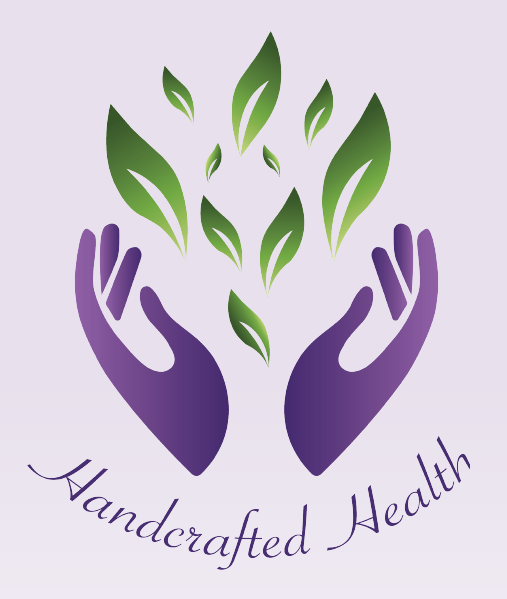

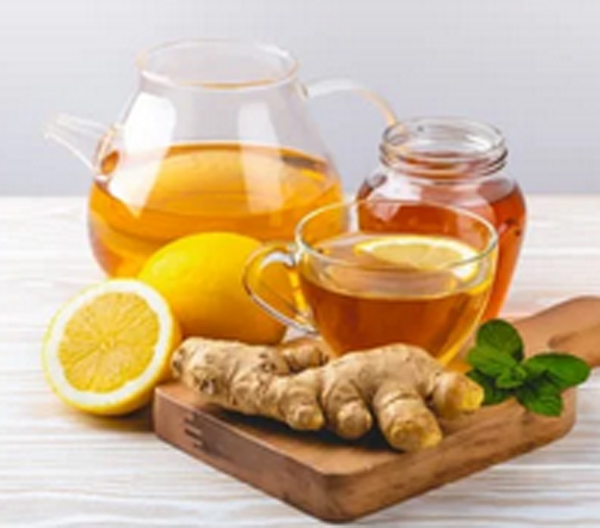
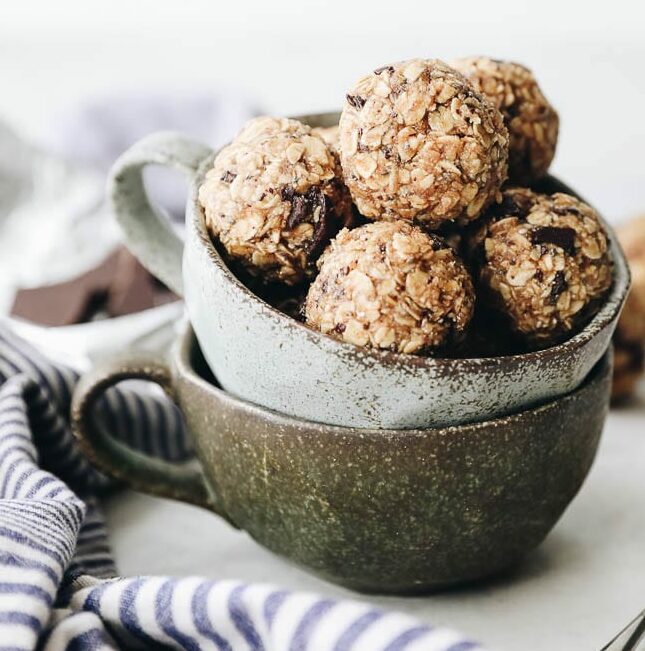

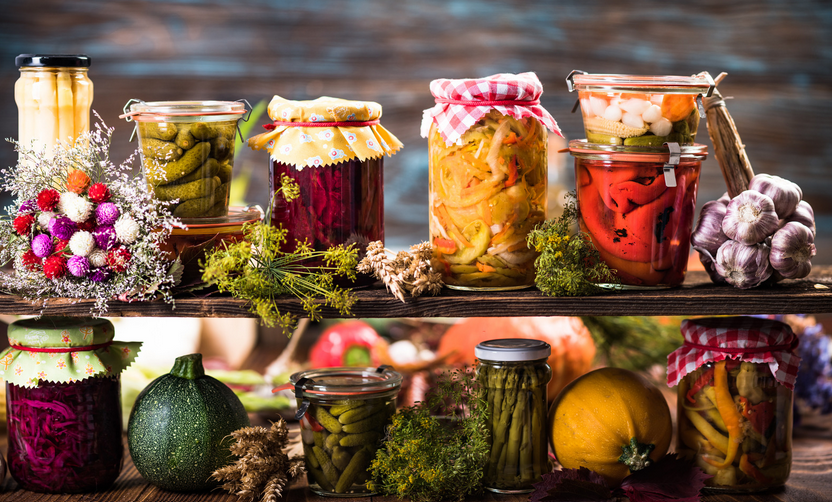
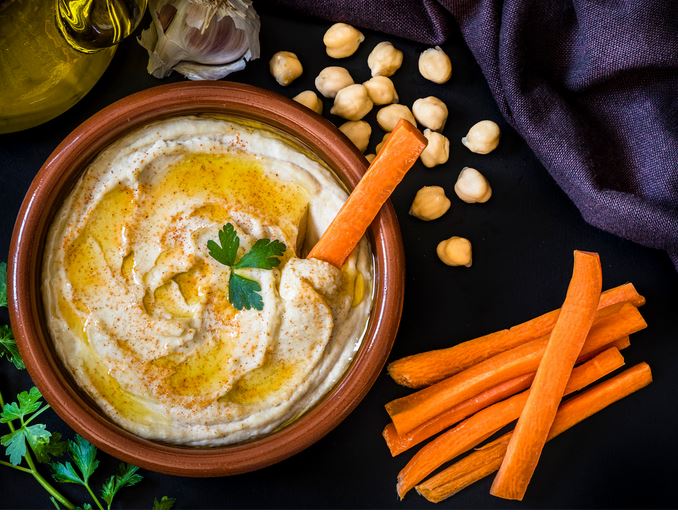
0 Comments